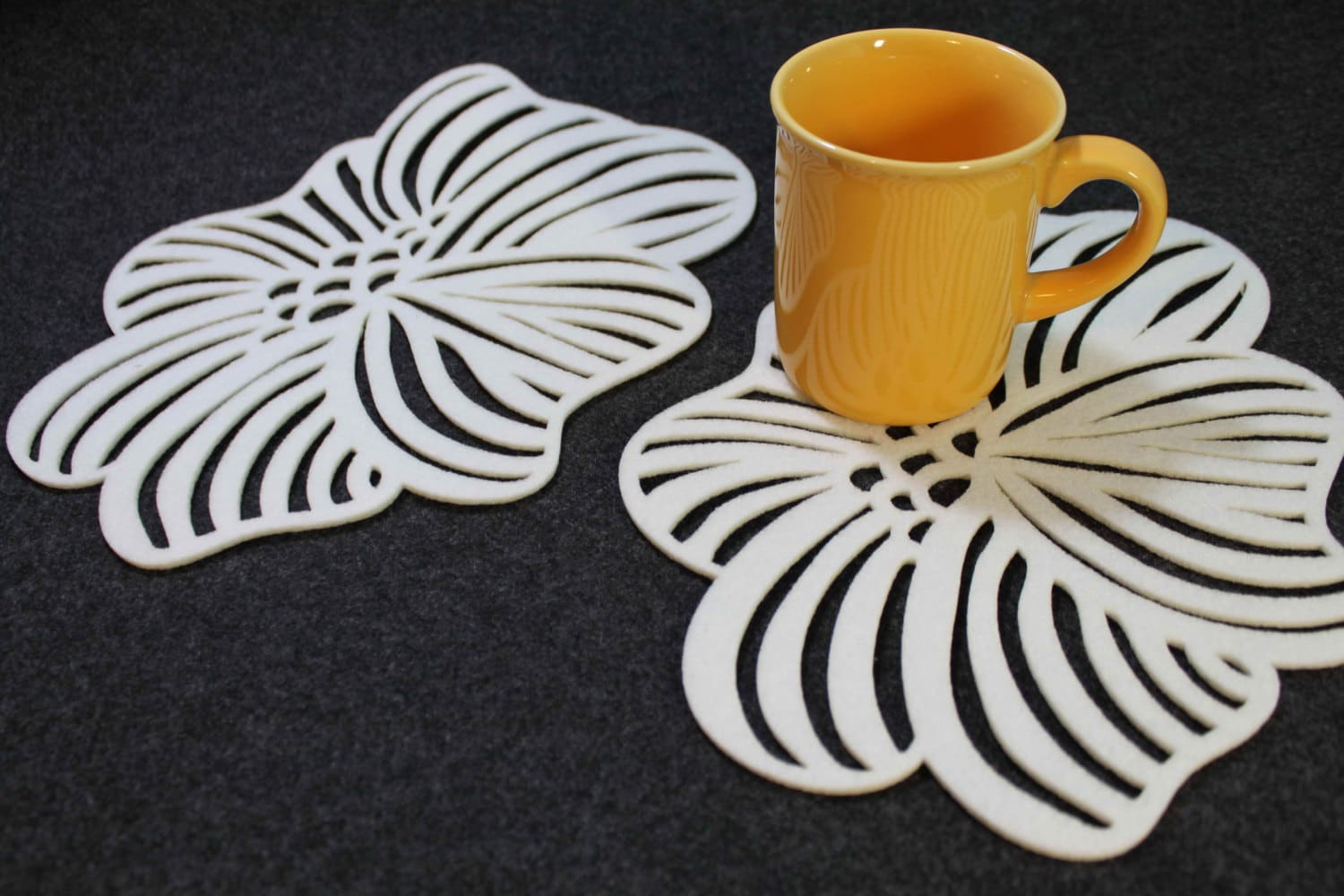An Unbiased View of Unique Art
An Unbiased View of Unique Art
Blog Article
The smart Trick of Unique Art That Nobody is Discussing
Table of ContentsThings about Unique ArtIndicators on Unique Art You Need To KnowThe Best Strategy To Use For Unique ArtThe Basic Principles Of Unique Art
While one may debate which art type holds priority, the reality remains that each of these seven kinds gives an one-of-a-kind window right into human background, society, and development. They are the tapestries that chronicle our journey, advising us of our past while motivating visions for the future.Wonderful art work narrates, makes individuals look two times, and produces an one-of-a-kind experience that can not be matched. Art and pictures communicate every one of that with color, shape and various other design components. Learn how to make your special art work stand out from the group.

8 TRIA GIOVANEqual parts grand and laidback, this entrance hall made by Anthony Baratta is the perfect plan to follow if you're enhancing a formal entryway that still really feels unfussy and comfortable. Patterned fabrics take facility stage (see the carpetings and the couch), but they additionally aid bring the high ceilings to a human range when hung over wallpaper.
The smart Trick of Unique Art That Nobody is Talking About
18 Heidi Caillier DesignA gallery wall doesn't require to take up the whole space. Sometimes a small one can make a bigger style declaration. In this living room, Hiedi Caillier selected micro-mini frames and an arbitrary composition. Ad - Continue Reading Below19 Stephen Kent JohnsonDesigner Juan Carretero opted for a deep environment-friendly paint color to contrast with the light timber coatings.
The elements of this languageits forms, lines, colours, tones, and texturesare used in numerous means to create experiences of volume, room, activity, and light on a level surface. These components are integrated right into meaningful patterns in order to stand for genuine or superordinary sensations, to analyze a narrative style, or to produce entirely abstract visual connections.
Later the concept of the "fine musician" created in Asia and Renaissance Europe. Popular painters were paid for the social standing of scholars and courtiers; they authorized their work, chose its style and usually its subject and images, and established a much more personalif not constantly amicablerelationship with their patrons. During the 19th century painters in Western cultures started to shed their social position and secure patronage.
Our Unique Art Statements
Others earned an earnings through visiting exhibits of their work. The requirement to attract a market had changed the similar (if much less impersonal) demands of patronage, and its effect on the art itself was most likely comparable as well. Normally, musicians in the 20th century might reach a target market only through commercial galleries and public galleries, although their work might have been occasionally replicated in art periodicals.

Do not best site replicate the design of other musicians if you're looking for your style. go to my site Duplicating other individuals's art work can be terrific in educational objectives but it will not make you closer to discovering your own one-of-a-kind style. Your artistic style has to be, what you like and what motivates you.
I would consider your own style as a design you paint in normally, when you release all ideas and regulations and simply concentrate on paint, not assuming regarding it. Unique Art. The design has to come naturally to you when you are kicked back and you can not compel it or it will not be your very own style, simply another person's
Unique Art Things To Know Before You Get This

With time you'll be able to sort all of them into your favorite and the very least favored groups. find out here now Attempt to focus your interest on the subjects and mediums that you like and before you see it coming you'll have your own personal and distinct style, like no person else have! In the end you'll have a couple of favorite subjects to repaint and maybe a couple of preferred tools.
The style has to develop itself over time with a whole lot of method and experiments - Unique Art. Thank you for reading this post and if you have any type of questions leave them in the comments below, I 'd be delighted to respond to these
Report this page